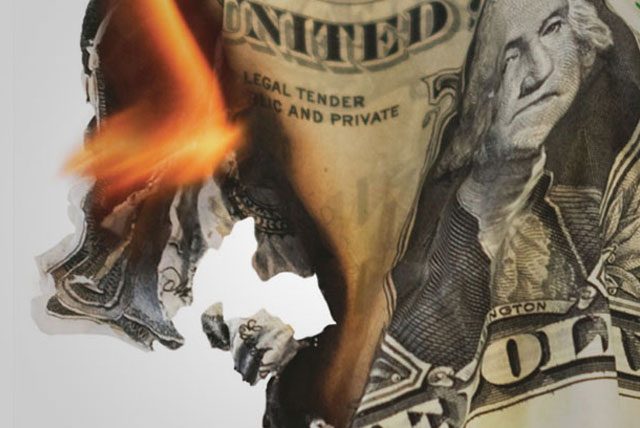
Dollar Bears have the upper hand!
Is it a coincidence that, as Gold breaks through the $1,000 an ounce level, the US Dollar has fallen to its lowest level against many of its major trading partners in over a year? A report this week has suggested that some countries (particularly China) are, once again, diversifying reserves away from the US Dollar into Gold (and the Euro), thus helping to push the precious metal up to current levels. Statements from the United Nations suggest a multi-national reserve currency.
Whilst it is true that the Dollar certainly becomes the favoured currency in times of economic “stress” and, given the wave of optimism that has swept the equity markets, including a number of company and industry upgrades, one might suspect the currency will weaken as risk appetite returns.
Is a weak dollar a bad thing? Interestingly, several of the main proponents of the reserve diversification theory do not think so and have good reason to talk the Dollar lower. China’s currency, for example, is pegged to the Dollar; a weaker Dollar will make their goods cheaper in Europe (and other non-Dollar denominated countries). The oil producing nations (OPEC) crave a weaker Dollar, given a rise in oil demand and price that would likely follow. Russia, its economy in tatters and completely dependent on energy exports, would similarly welcome a lower Dollar. Even South Africa, Australia and other basic resource dependent economies would benefit from higher commodity prices that would ensue.
In the US also, exporters would welcome a lower Dollar as the cost of goods abroad falls. Additionally, any US firms with significant earnings abroad will benefit from the increase in their non-Dollar earnings. Of course, all international energy and basic resource companies would love to see a weak Dollar to return to the earnings nirvana they enjoyed in previous years. As long as US rates stay near zero and the US government easing is injecting new Dollars into the system, the Dollar should continue to fall against its major trading partners (as illustrated in the chart opposite). Add to this, the self-serving calls for a non-Dollar based reserve currency and one can anticipate that this weakness will continue, especially if market sentiment improves further. However, we all know that there are no guarantees in the financial markets and, should market sentiment falter, (possibly as investors again focus on fundamentals), the Dollar’s safe-haven mantle may rise again.
DOWNLOAD THE
September 2009 INVESTMENT NOTE
 A Weaker Dollar
A Weaker Dollar
Equity Market Rally
Pictures Can Tell a Thousand Words
